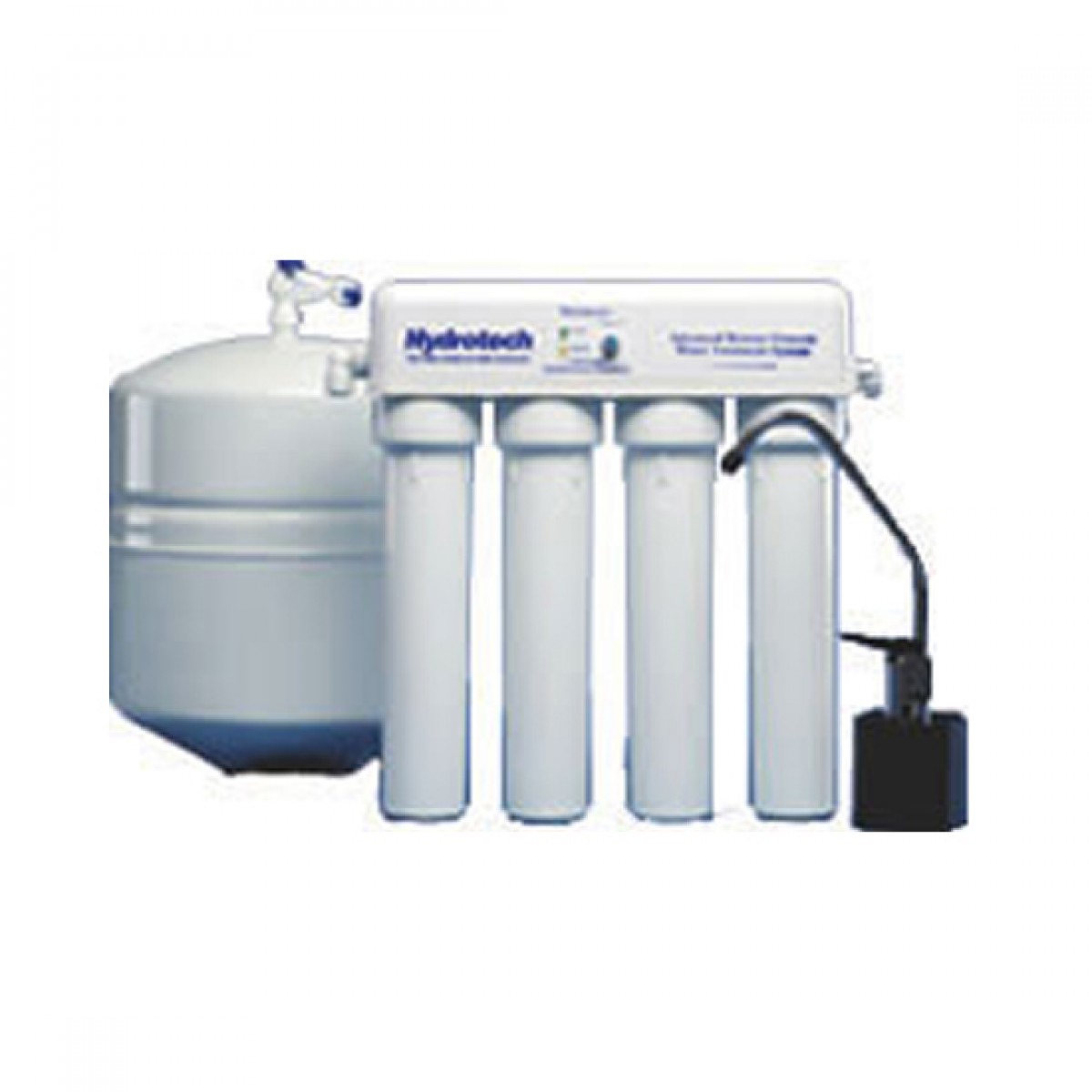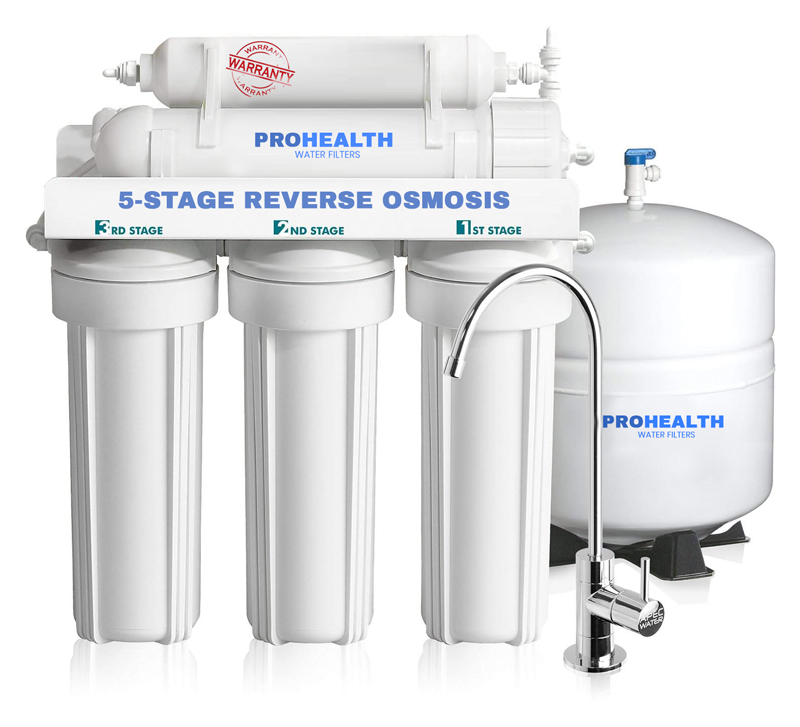We are living in a world that has gone major advancements. People have been cutting down trees for their reasons, to make buildings and infrastructure. Polluted water bodies by the medical and radioactive wastes, adversely affecting the plants and animals in it. Out of the total water percentage, only two to three per cent is fresh water available for household and drinking purposes. The rest is salt water which is not fit for drinking. We often receive water from local authorities after the level of filtration but is that enough to make it safe? Bottled water is often safe but at what expense? It can make your pocket empty and that too for a basic amenity like water.
At last, the option left is filtered water. Many simple filters claim to make water free from contamination, but only reverse osmosis filters can clean and disinfect the water at a low rate compared to bottled ones. To know more about RO filters, one can check out blogs, magazines, sites, and other destinations like dmagazine.

Origin of RO filters
Reverse osmosis filters have their origin from the second world war. The submarines were equipped with the latest technology and were lightweight. They could not accommodate huge water tanks for drinking purposes. The seawater wasn’t safe for drinking, so a certain need for a system that could purify the seawater and make it eligible for ingesting.
That’s where the reverse osmosis filter came into usage. Since then, the filters have changed in dimension and style but still work on the same filtration principle through a semi-permeable membrane.
Components of the RO filter
- Prefilters
- Semi-permeable membrane
- Auto shutoff valve
- Storage tank
- Post filters
Procedure for water filtration
The stages of how water is filtered and what happens in each of its components are
- Firstly, the water enters the prefilters, which include sedimentary and carbon filters. These filters extract all the macro dust particles, carbon, chlorine, rust making the water qualified for membrane filtration.
- Now comes the most important stage of our reverse osmosis filtration process. First, the water enters the semi-permeable membrane or RO membrane, where the water is disinfected. Next, the process removes TDS at 98%, the micro dissolved salts, and minerals, which is tough to perceive by electron microscope.
- Because the rate of water being purified is very slow, it would take about a few minutes for a glass of water. So, to counter this, we have a storage tank, so what happens is that when the tank is filled with water, the auto shut off valve restricts the flow of water to the tank, and the filtering of water is turned off. And when the tank becomes empty, the valves open up, and the water starts filtering again into the tank for usage.
- The water stored in the tank is safe for household and drinking because it had been filtered with the highest level of reverse osmosis filtration. The water before reaching your sink or tap through the faucet is filtered once more by the post-filters. What these filters do is actually that they polish the water and adds an extra layer of protection to the whole process.
So, one can install these RO filters and keep their family and themselves safe and healthy.





